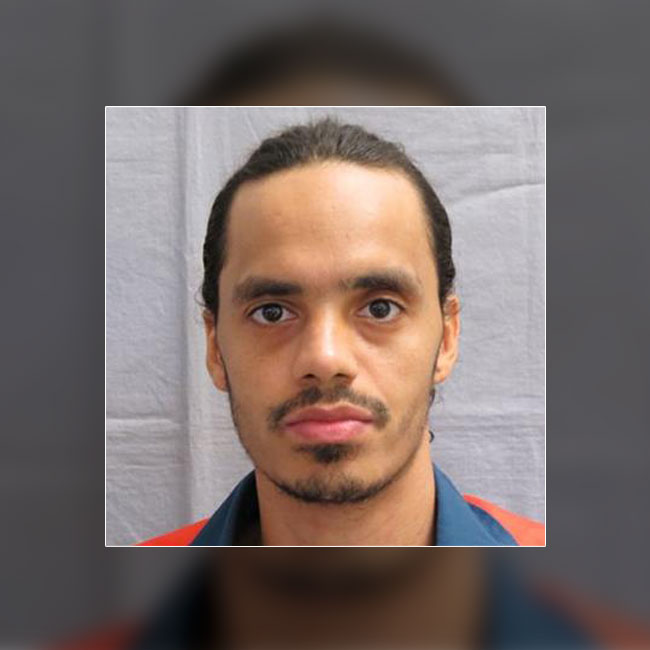
Davontae Sanford’s
road to freedom
An interactive study of a wrongful conviction
Written by George Hunter / Design by Tom Gromak
The Detroit News
A conversation with a cop sent Davontae Sanford’s life spiraling out of control.
It was Sept. 17, 2007. Four people had been gunned down in a drug house on Runyon, two blocks from the 14-year-old Sanford’s home on Detroit’s east side. When the teen ventured outside to see what was happening, he said he was approached by a Detroit Police homicide detective, who asked what he knew about the killings.
That initial question kicked the criminal justice system into motion, and Sanford ended up confessing and pleading guilty to murders he didn’t commit.
Two weeks after the teen went to prison, hit man Vincent Smothers confessed to 12 killings, including the Sept. 17, 2007 homicides on Runyon. Wayne County prosecutors charged Smothers with 8 murders, but not the Runyon killings.
Innocence advocates decried Sanford’s conviction as a miscarriage of justice, and fought for years to get his case overturned. Their efforts were rewarded June 8, when Sanford walked out of the Bellamy Creek Correctional Facility a free man.
With Sanford’s exoneration, questions remain about how the case was handled at each step in the justice system. A detailed look at events reveals a tangle of surprises, coincidences and twists involving high-level drug dealers, petty criminals and police officers on both sides of the law.























